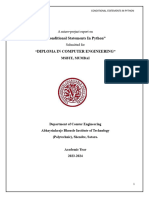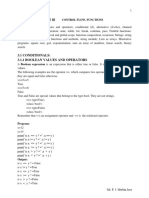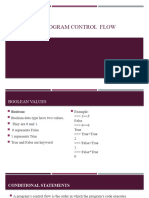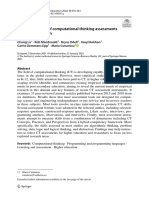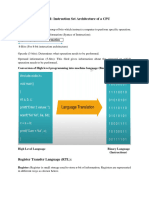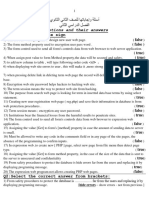0% found this document useful (0 votes)
14 views4 pagesLecture 4
Unit 1 covers Python control structures, focusing on conditional statements that enable decision-making in programs. It details various types of conditional statements, including if, if-else, if-elif-else, and nested if statements, along with logical operators for combining conditions. The unit concludes with practice exercises to reinforce the concepts learned.
Uploaded by
Fadel AhmadCopyright
© © All Rights Reserved
We take content rights seriously. If you suspect this is your content, claim it here.
Available Formats
Download as PDF, TXT or read online on Scribd
0% found this document useful (0 votes)
14 views4 pagesLecture 4
Unit 1 covers Python control structures, focusing on conditional statements that enable decision-making in programs. It details various types of conditional statements, including if, if-else, if-elif-else, and nested if statements, along with logical operators for combining conditions. The unit concludes with practice exercises to reinforce the concepts learned.
Uploaded by
Fadel AhmadCopyright
© © All Rights Reserved
We take content rights seriously. If you suspect this is your content, claim it here.
Available Formats
Download as PDF, TXT or read online on Scribd
/ 4































